Teacher, holding up several Crayola markers without lids: "What happens when we don't put the lids on our markers?"
Class: "They dry out!"
Teacher, holding up the near empty cup where the Crayola markers go: "Where have all our class markers gone?"
Class: "They have dried out!"
Teacher: "Hmmmm...."
This is a daily conversation in the Kindergarten classroom - unless, of course, all of the markers have already dried out and it's only November and you are waiting for the New Year to try again, because you figure, "A new year; new markers; new goals." And, it's always a bit of an enigma because, clearly, the students demonstrate a knowledge that IF the lid is not put back on the marker, THEN it will dry out.
I was working with a boy who was colouring with markers and I noticed that many of the lids were at the bottom of the container and many were on but they had not been snapped shut. I watched him put the lids on, so I asked him if he knew about the "magic click". He shook his head so I demonstrated snapping the lid on all the way until we heard the 'click' sound. He definitely wanted to make those markers click, too, and he definitely tried to do it. He exerted all of his strength but there was no "magic click." He seemed disappointed so I suggested that he use the table top to help him, which worked. I remembered an article that I had recently happened upon (probably on Facebook) about youngsters coming to us in Kindergarten without fine motor strength, making them unready to hold pencils for proper letter formation, thus causing difficulty when they are writing and doing other fine motor activities, such as using scissors.
- The Guardian, Feb. 2018: www.theguardian.com/society/2018/feb/25/children-struggle-to-hold-pencils-due-to-too-much-tech-doctors-say
- Some hints from Today's Parent: https://www.todaysparent.com/kids/preschool/pencil-grip/
- And 3 TRICKS TO HELP KIDS LEARN TO HOLD THEIR PENCIL CORRECTLY from Mama OT: http://mamaot.com/3-tricks-to-help-kids-learn-to-hold-their-pencil-correctly/
All of the other kindergarten teachers whom I shared this epiphany with, said something to the effect of, "Oh, geez, I shout at them about that ALL the time!" On behalf of all of us out there, I'd like to apologize to our dear students, who were indeed, to the best of their ability, putting those back on the Crayola markers... "We're sorry! And to make it up, we shall now play some games to strengthen those fine motor making muscles" (See above.)
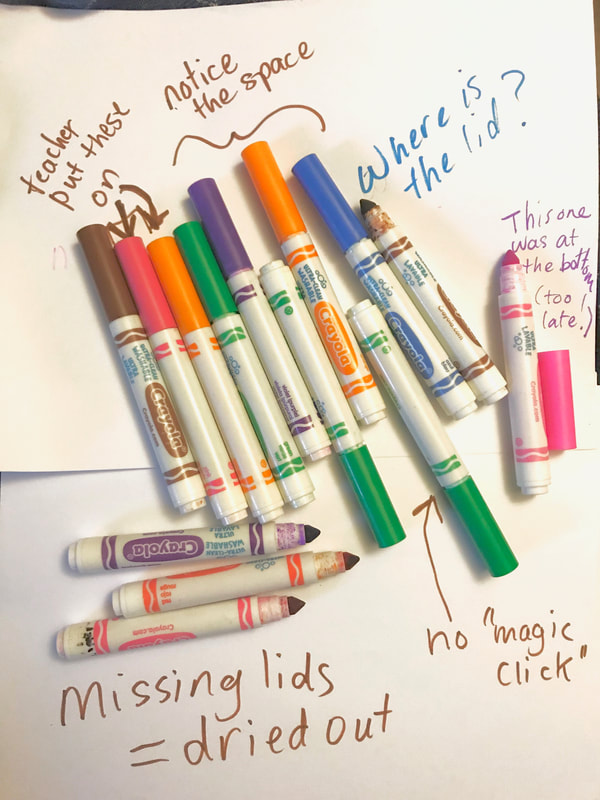





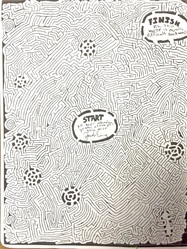
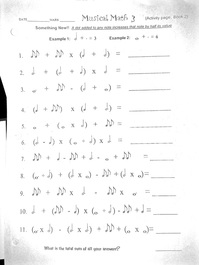
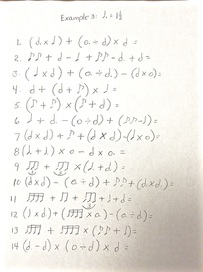
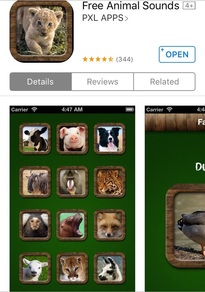

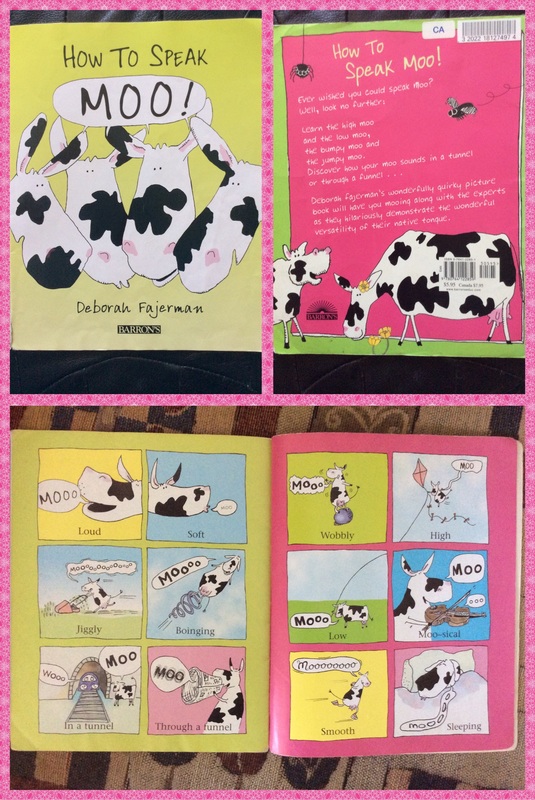



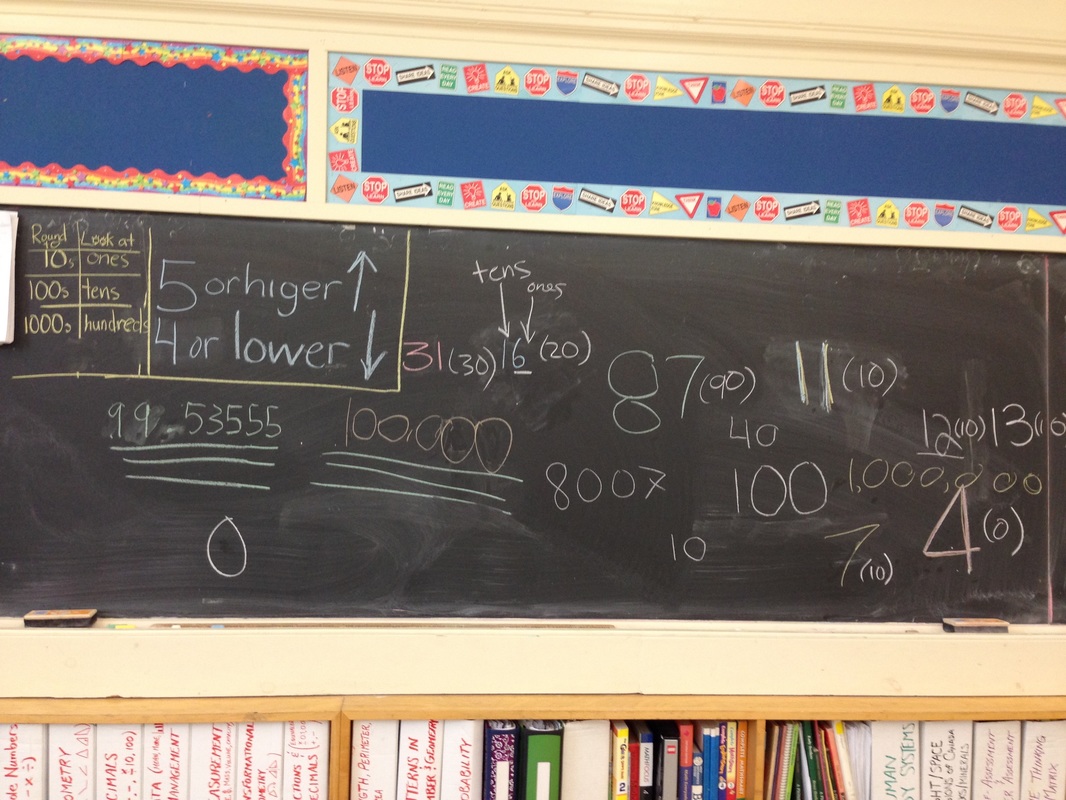
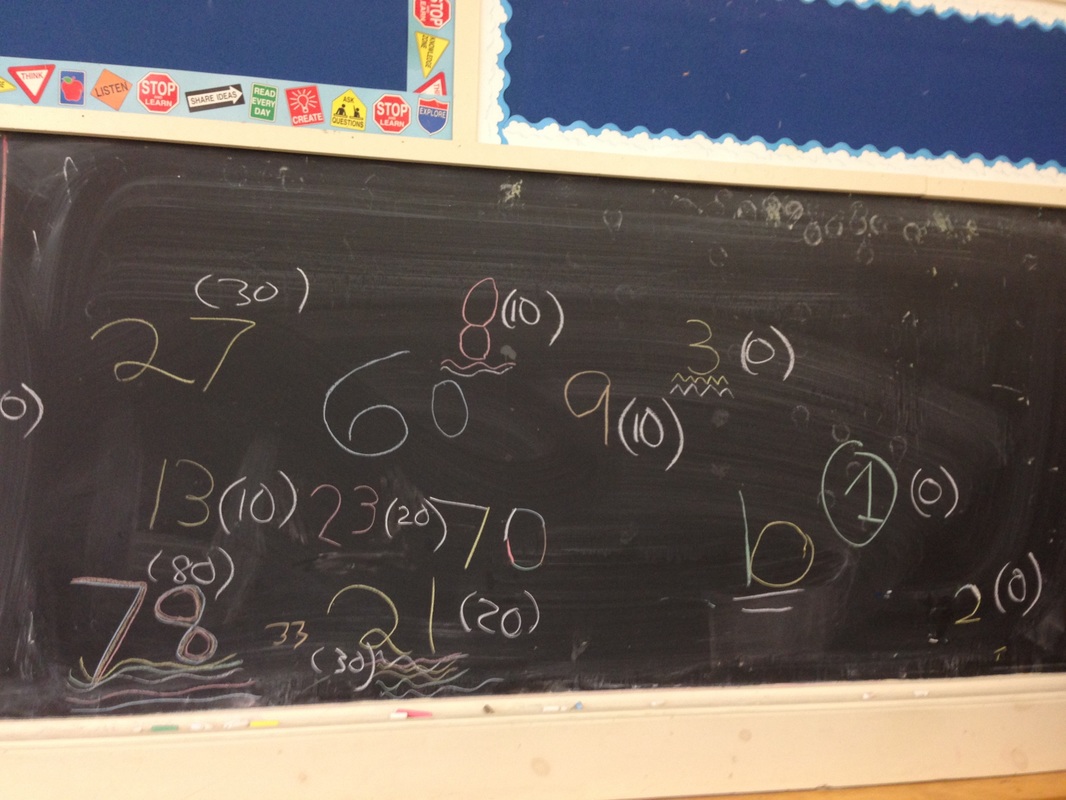
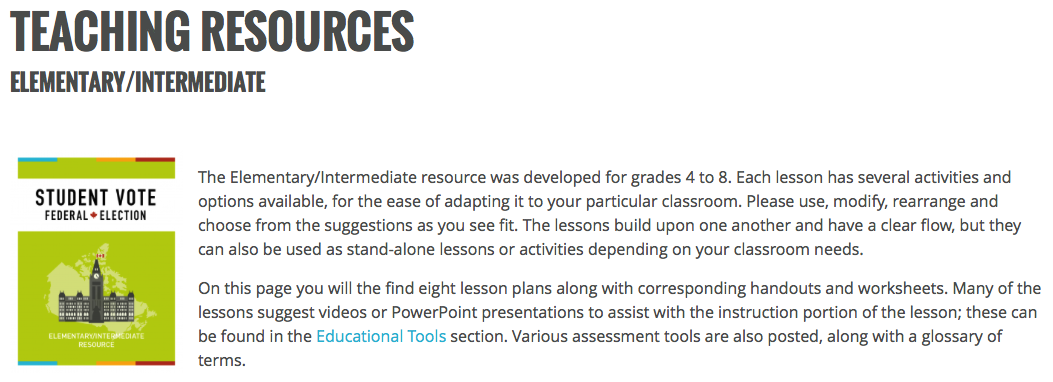

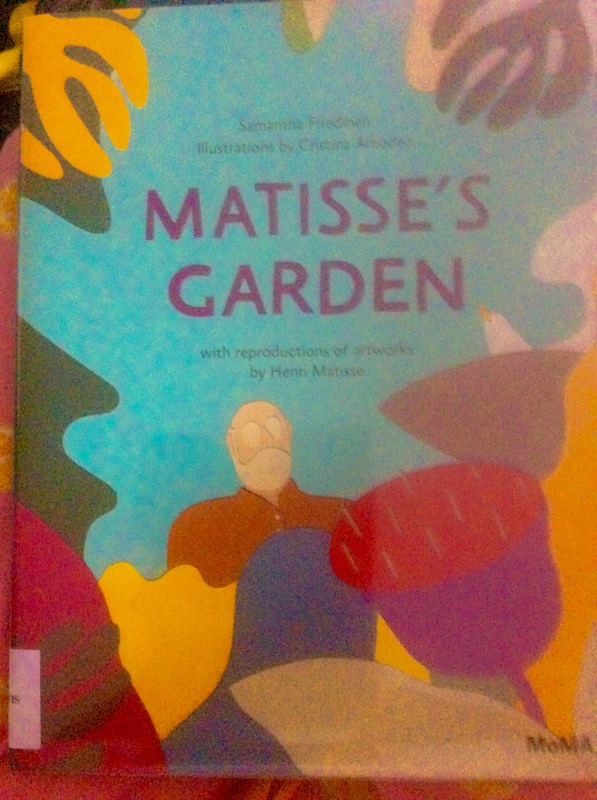
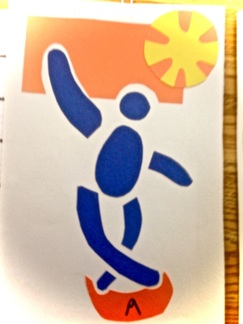
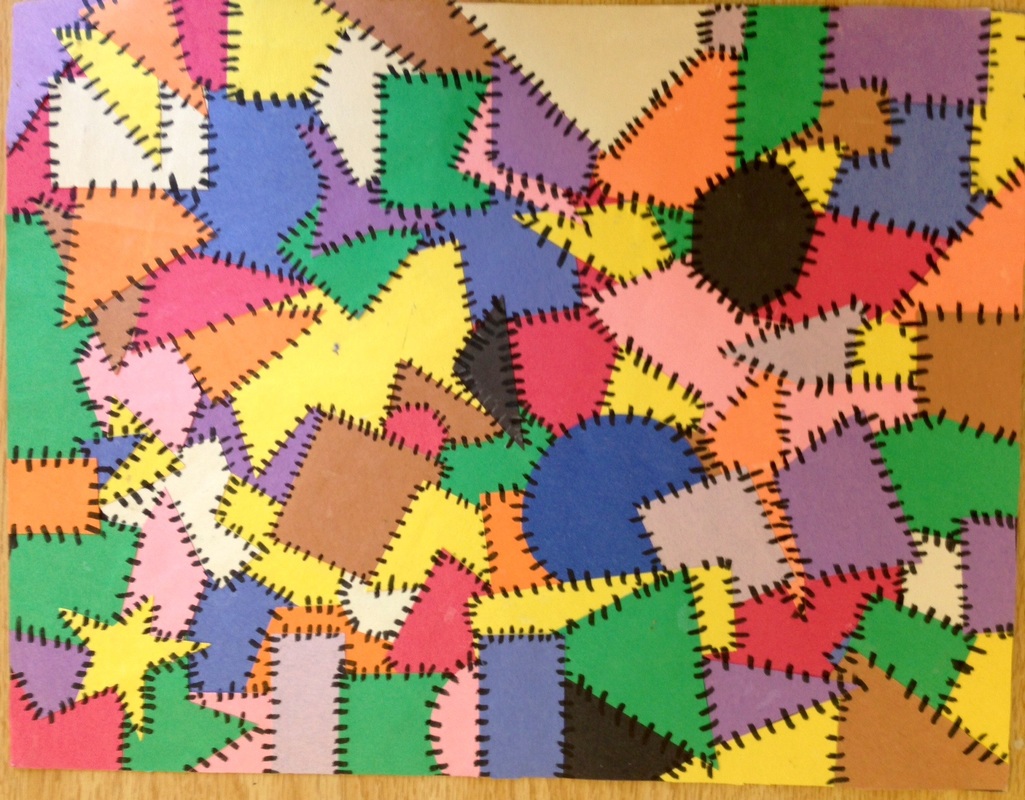
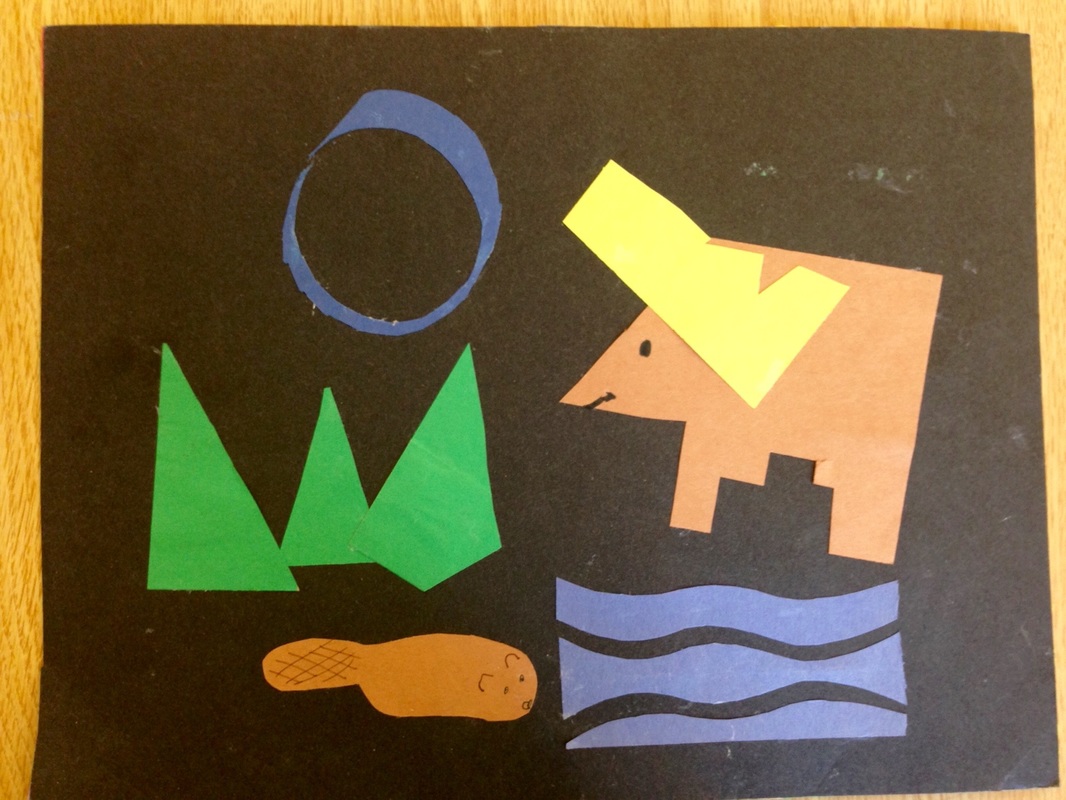
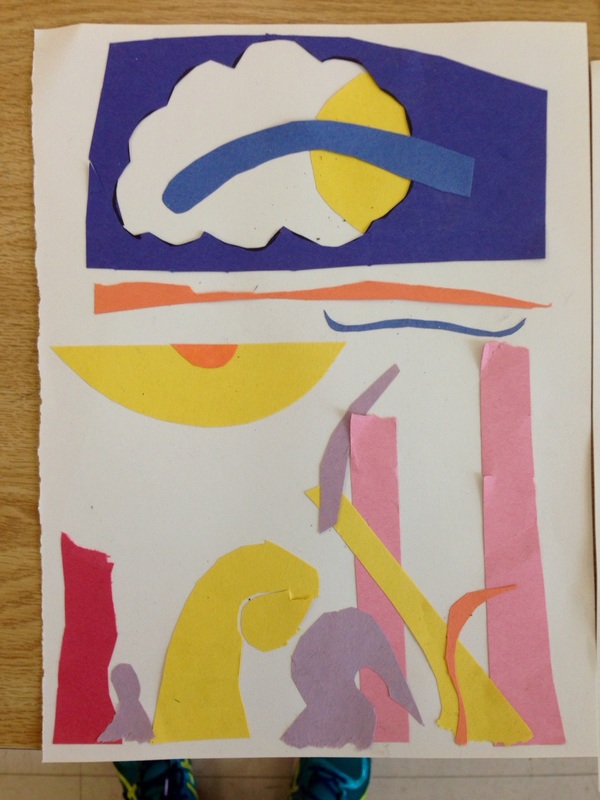

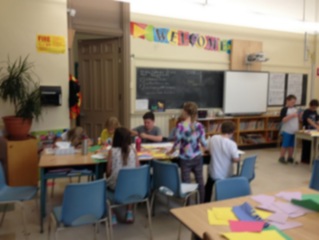


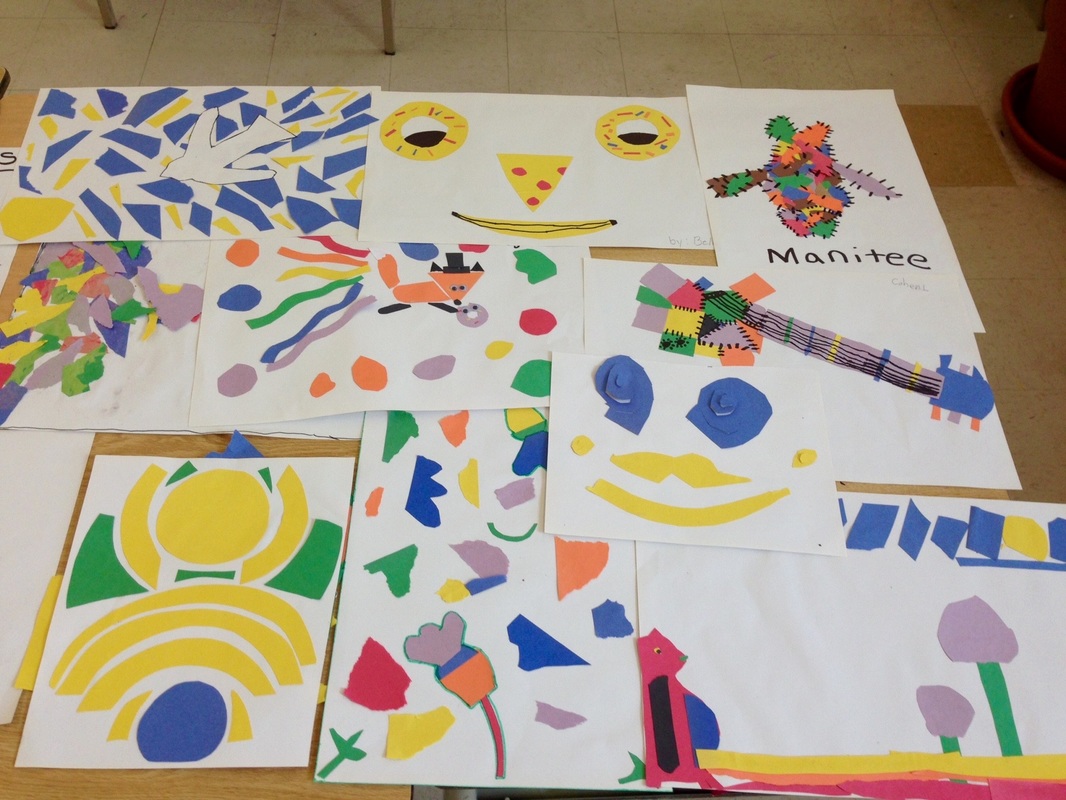

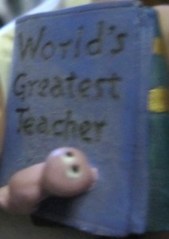
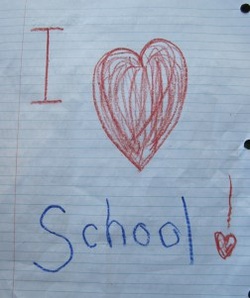
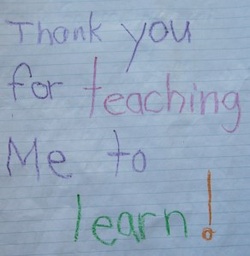
 RSS Feed
RSS Feed
